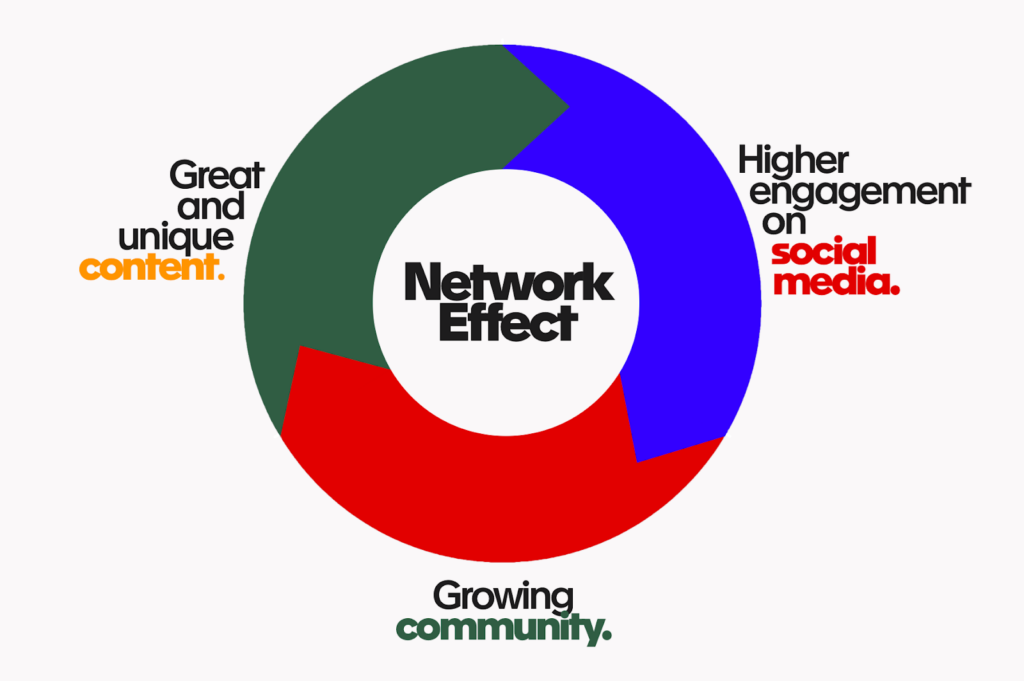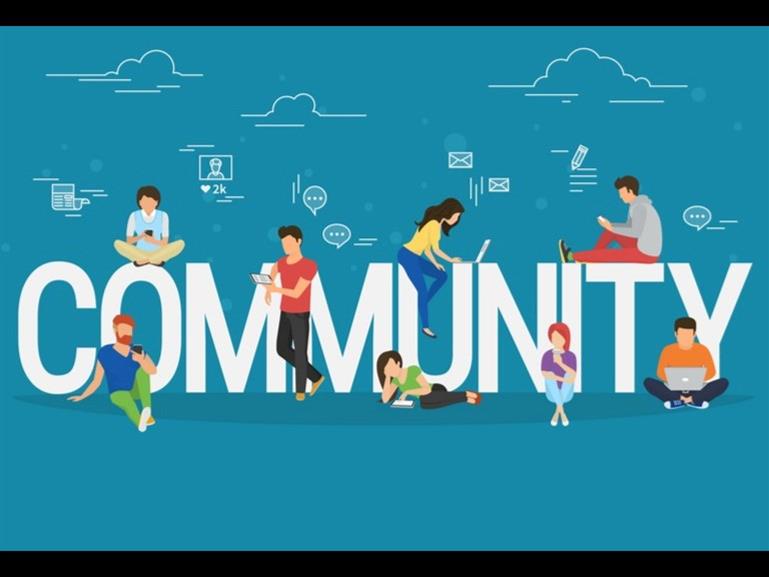
Measure What Matters: KPIs For Online Community Success
COMMUNITY STRATEGY // Want to measure the success of your online community? There’s no one size fits all approach for picking Key Performance Indicators (KPIs), but these 5 tips highlight some key principles to guide all KPI development.
Trying to figure out how to measure the success of your online community? There’s no one size fits all approach for picking Key Performance Indicators (KPIs). That shouldn’t come as a surprise – all communities are different, so how you measure the success of an internal community within an organization may differ from that of an external association or customer support community. At any rate, there are some key principles to guide all KPI development.
Your approach to measuring the success of your online community needs to grow from how you measure success for your organization as a whole. What is the shared purpose and value of your online community for the organization and the community members?
Your approach should also reflect community maturity because as it grows and evolves, the way you define success should change and adapt as well.
Let’s boil it down to five quick tips.
1. Review organizational goals then build community goals
No goals? Big problem. Start with your organizational goals and build your community goals from there. It’s a process – don’t fixate on the desired end result without establishing the foundational goals that will get you there.
It’s important to set SMART goals for your online community, that is, goals that are:
S – Specific
M – Measurable
A – Attainable
R – Relevant
T – Timely
Now, if you’re a real goal-getter, perhaps your organizational and community goals are already established. If they are, when was the last time you reviewed them for relevance? If your community goals are built out, do they still align with your organizational goals? Ensuring that they do is how you maintain value.
Once your community goals are clearly defined, you can move forward and decide what metrics you need to track to track to determine whether or not your community is successful.
2. Don’t let community growth be your first metric
If you’re just getting started, I know the temptation is to pin your success on growth. But, in the long run, growing from 50 to 500 members is far less important to your community’s future and longevity than understanding how customers or members are engaging and interacting with it.
Behavioral changes are what will lead to those growth and ROI numbers increasing. So, don’t let growth be your first metric. Measure behavior change first (keep reading).
3. Measure community behavior against your goals
Focus on the rationale for your community in the first place and the behavioral changes you want to instill, and measure that change.
How are your customers or members currently using your online community? Are they using the community for the things you want them to? Are they adopting new behaviors that can provide value to both them and the organization? It’s a lot easier to get new members to adopt appropriate behaviors that are established when the community is small, rather than for a community manager to convince a large community to change its overall behaviors.
Choose a simple, meaningful business objective and work backward from there.
What behavior changes can the community deliver that would have an impact on that goal?
For example: If your goal is to reduce customer support costs by reducing call volumes, the number of questions posted to the community is a metric that measures the desired behavior change. The number/percentage of those questions answered is also an important metric.
Assess your other goals and decide what behavior changes will lead to those goals. Voila! KPIs.
Note that while some of the traditional metrics of “success” include engagement, reach, and frequency, communities that have had some time to establish their behaviors will want to focus on growth metrics, like tracking and pulling data that demonstrates the strength of the current community members to bring in new members.
4. Focus on community engagement & delivering real value
If your members aren’t engaging with your online community, it could signify a lack of value, which could lead to disinterest, and failure to renew.
It’s important to understand that this focus on membership and engagement is not the end state unto itself, because your community goals simply aren’t how big you can make your community, but also what value your community can provide. What is your shared purpose?
More fundamentally, you have to ask yourself: do you know how your members define success and value? How many of your visits are repeat visits? (You can get a better understanding of this by looking at total logins vs. unique logins over a discrete time period). Are people returning repeatedly because the content is valuable, or because they can’t find what they’re looking for?
5. Use numbers & storytelling to measure & prove success
It makes sense to design your indicators of performance early, to highlight how behaviors are changing, and couple the numbers with stories to help illustrate the possibilities.
For mature communities, bring together stakeholders to think about the best measures for the organization, rather than what is easiest to measure. Tell stories with your numbers and make your reports teachable moments.
If your executives actually look forward to hearing your numbers, take advantage of their attention and educate them about the numbers and what they mean.
Source: Higherlogic






Responses